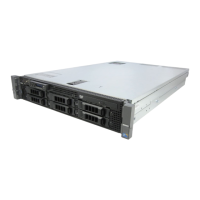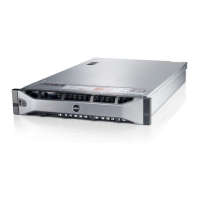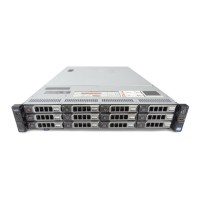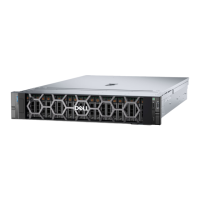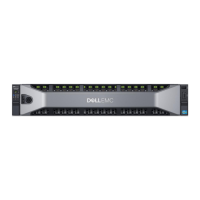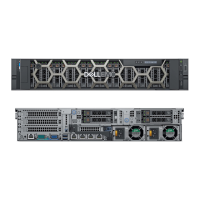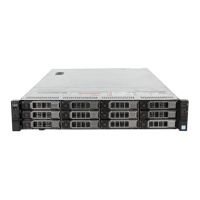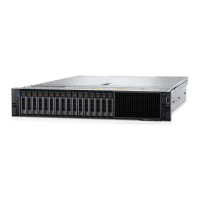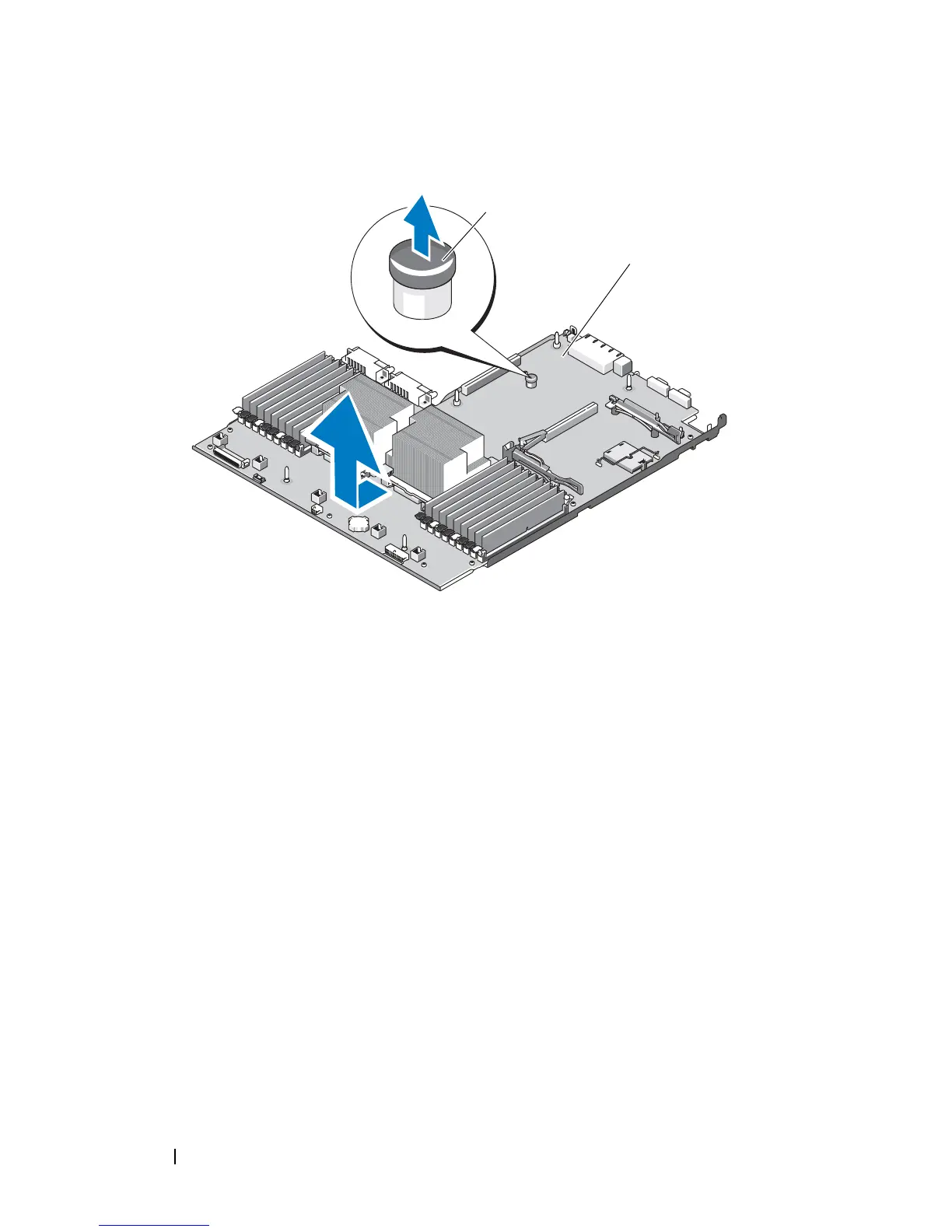 Loading...
Loading...






Do you have a question about the Dell POWEREDGE R710 and is the answer not in the manual?
| Tcase | 76 °C |
|---|---|
| Bus type | QPI |
| Stepping | D0 |
| FSB Parity | No |
| Processor code | SLBF7 |
| Processor cache | 8 MB |
| Processor cores | 4 |
| Processor model | E5530 |
| System bus rate | 5.86 GT/s |
| Processor series | Intel Xeon 5500 Series |
| Processor socket | Socket B (LGA 1366) |
| Processor threads | 8 |
| Processor codename | Nehalem EP |
| Motherboard chipset | Intel® 5520 |
| Number of QPI links | 2 |
| Processing Die size | 263 mm² |
| Processor frequency | 2.4 GHz |
| Processor cache type | Smart Cache |
| Processor lithography | 45 nm |
| Processor system type | DP |
| Processor manufacturer | Intel |
| Processor package size | 42.5 x 45 mm |
| Processor front side bus | - MHz |
| Processor boost frequency | 2.66 GHz |
| Processor operating modes | 64-bit |
| ECC supported by processor | Yes |
| Thermal Design Power (TDP) | 80 W |
| Number of processors installed | 1 |
| CPU multiplier (bus/core ratio) | 18 |
| Memory types supported by processor | DDR3-SDRAM |
| Number of Processing Die Transistors | 731 M |
| Memory channels supported by processor | Triple |
| Memory clock speeds supported by processor | 800, 1066 MHz |
| Memory bandwidth supported by processor (max) | 25.6 GB/s |
| Maximum internal memory supported by processor | 144 GB |
| HDD size | 3.5 \ |
| HDD capacity | 146 GB |
| HDD interface | Serial Attached SCSI (SAS) |
| Optical drive type | DVD-ROM |
| Total storage capacity | 292 GB |
| Maximum storage capacity | 6 TB |
| Internal memory | 12 GB |
| Memory clock speed | 1066 MHz |
| Memory layout (slots x size) | 6 x 2 GB |
| Graphics card | G200 |
| Dimensions (WxDxH) | 443.1 x 680.7 x 86.4 mm |
| Non-operating relative humidity (non-condensing) | 5 - 95 % |
| PS/2 ports quantity | 0 |
| USB 2.0 ports quantity | 5 |
| Power supply | 570 W |
| Power requirements | 90 - 264V |
| Compatible operating systems | Windows Server, Standart Business Server, Novell SUSE Linux, Red Hat Linux Enterprise |
| Chassis type | Rack (2U) |
| Storage temperature (T-T) | -40 - 65 °C |
| Operating temperature (T-T) | 10 - 35 °C |
| Operating relative humidity (H-H) | 20 - 80 % |
| Networking features | Gigabit Ethernet |
| Processor ARK ID | 37103 |
| Intel® Turbo Boost Technology | 1.0 |
| Depth | 680.7 mm |
|---|---|
| Width | 443.1 mm |
| Height | 86.4 mm |
| Weight | 26100 g |
